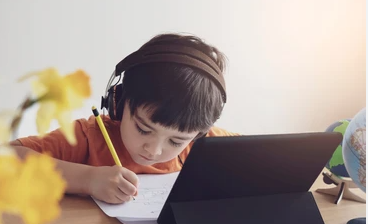As an icy storm approached York City, officials decided that they would be reinstating the Covid-19 education playbook and have students and teachers meet online for classes, rather than just giving everyone the traditional “snow day” reprieve.
Nearly a million students were told to switch to their respective virtual modes of learning since the pandemic, hoping that it would lead to another productive day in the “classroom.”
The result was anything but. Thousands couldn’t even log on to access their courses, frustrating students, teachers, parents, and even some lawmakers.
This new adjustment also took away the excitement usually associated with snowstorms, as the spirit of a snow day feels incomplete for many if they still have to work and go to school.
Mayor Eric Adams claimed it was important to give children enrolled in the nation’s most expansive school system stability, considering the massive upheaval to education caused by the recent Coronavirus pandemic.
Yet, this plan was unable to flow smoothly given the considerable technical difficulties- an issue that city officials are blaming on a technology contractor.
In November of 2020, a survey conducted by the EdWeek Research Center reported that 39% of district leaders said they had converted snow days to remote learning. Another 32% said they would consider the change. School systems in Boston, Hartford, Connecticut, and many other states closed in response to Tuesday’s blizzard.
IBM, the technology contractor being blamed for the day’s complications, did not simulate the virtual walkthroughs needed to prepare for remote instruction, as students and teachers did.
“IBM was not ready for prime time. That’s what happened here,” said New York City Schools Chancellor David Banks. “We pay IBM a lot of money for the contracting services we have. We expect them to be able to deliver.”
“The issues have been largely resolved, and we regret the inconvenience to students and parents across the city,” a public statement from IBM read.
Still, many people believe that snow storms bring enough issues without parents, kids, and teachers having to worry about getting online for virtual school- raising the question of how sustainable this new weather-based education model is.












